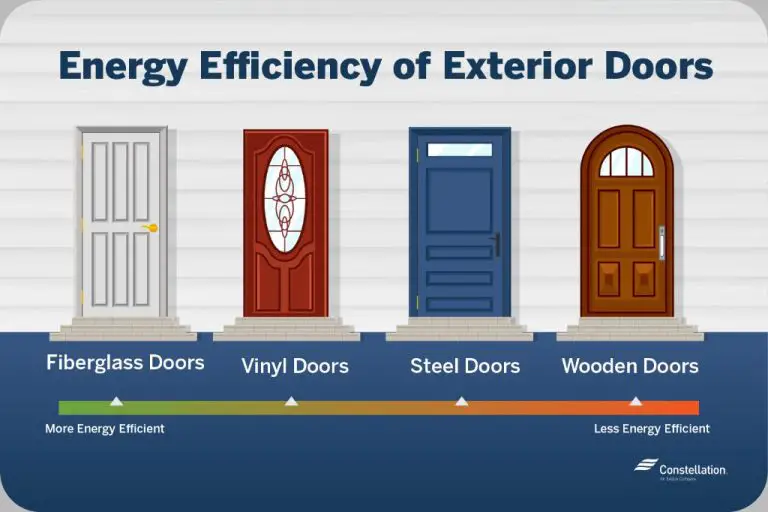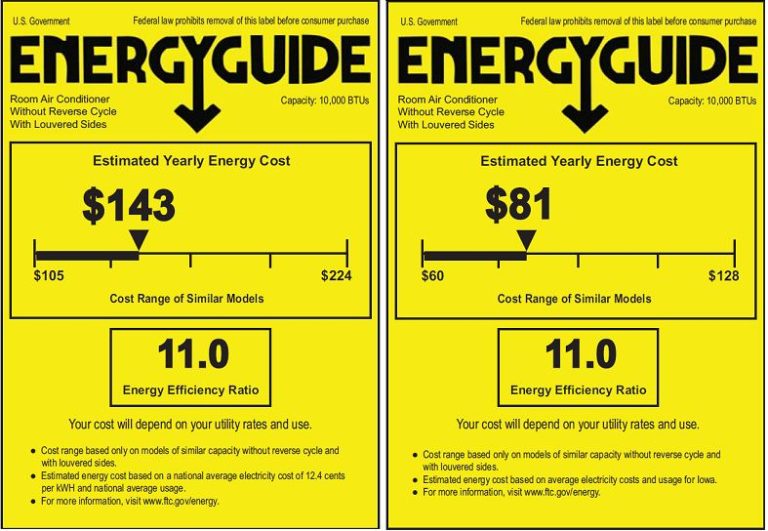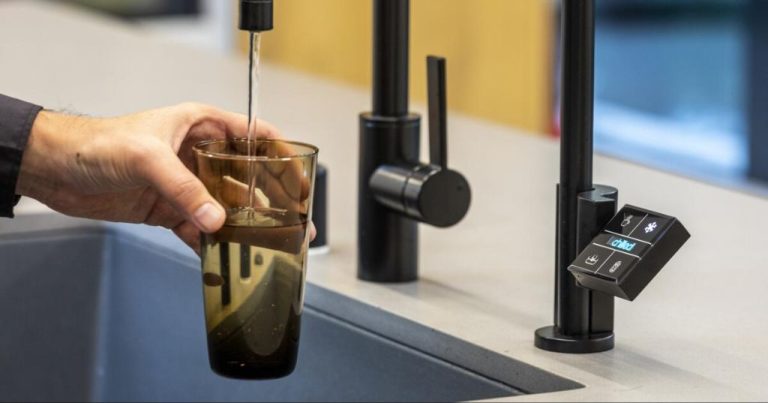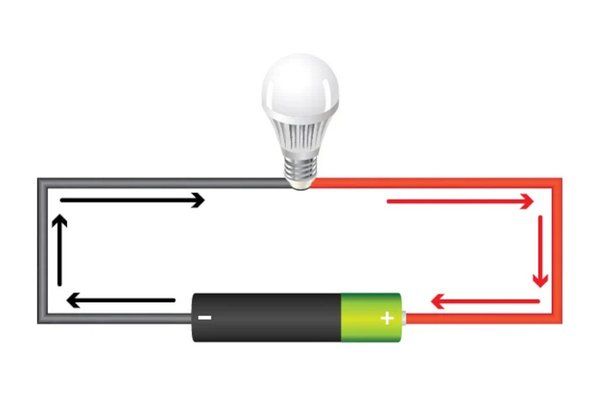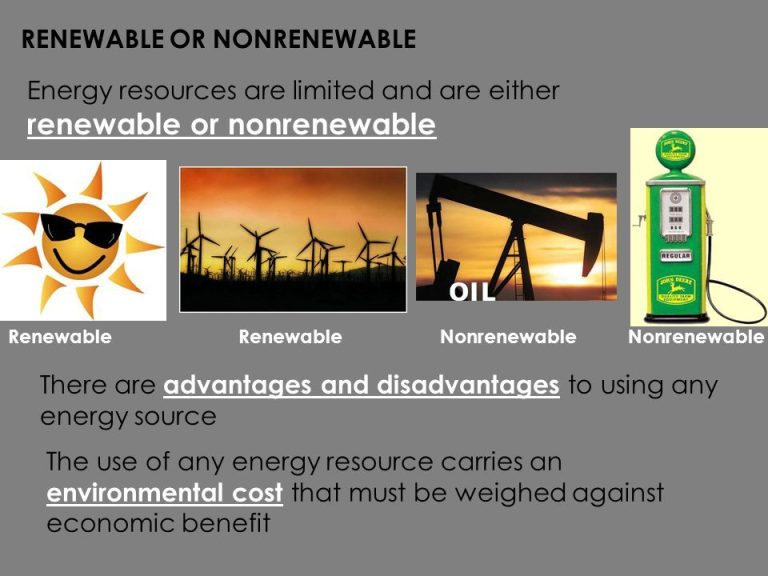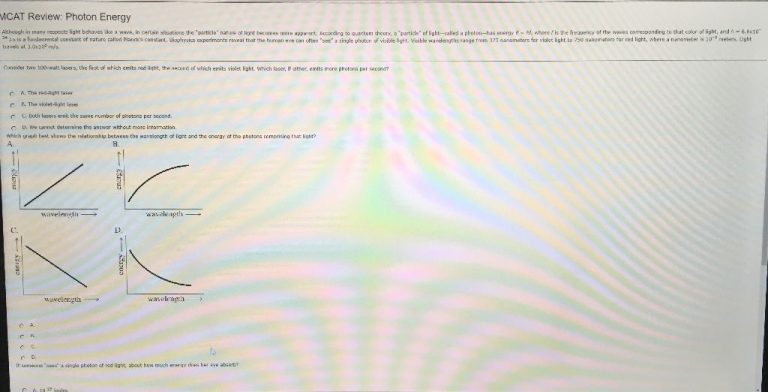Is Nuclear Power Intermittent?
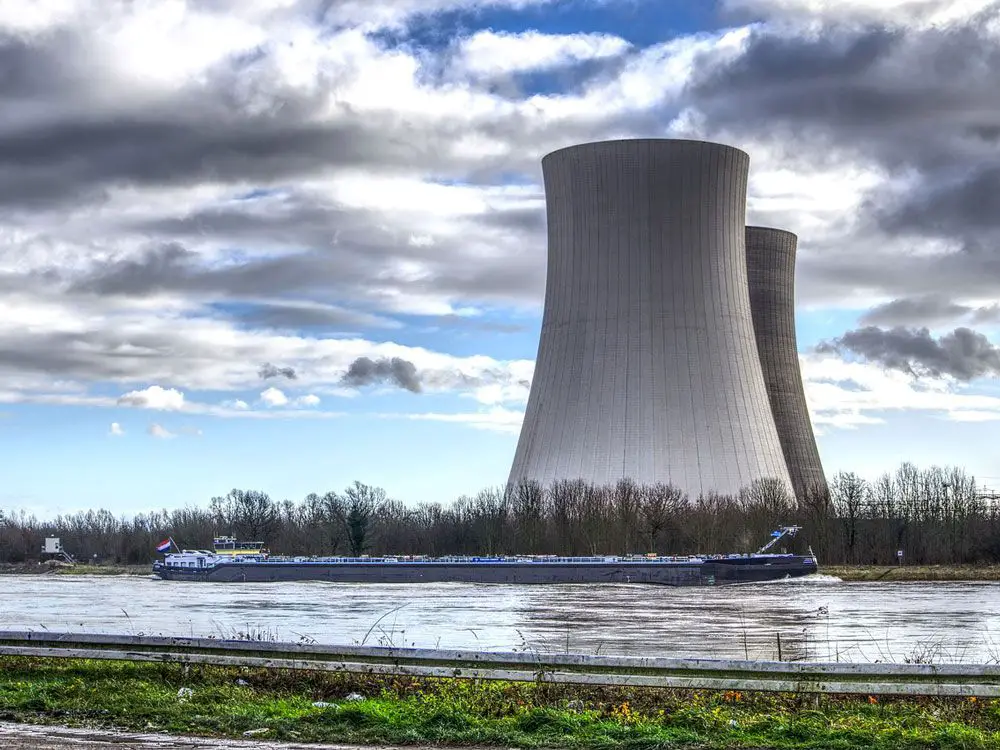
Nuclear power has become an increasingly important source of electricity generation around the world. About 10% of the world’s electricity comes from nuclear power plants. Nuclear power is valued for providing steady, reliable baseload power that operates 24/7. However, some critics argue that nuclear power can be intermittent as well, similar to renewable energy sources like wind and solar. This article will examine whether nuclear power plants suffer from intermittency issues or provide a constant supply of electricity.
Definition of Intermittent Power
Intermittent power refers to energy sources that have variable and inconsistent output. The generation from these sources fluctuates based on uncontrollable factors like weather conditions. The output cannot be predicted or dispatched at will like conventional power plants (https://energyeducation.ca/encyclopedia/Intermittent_electricity).
The two main intermittent renewable energy sources are wind and solar power. Wind power depends on wind speed and direction, which constantly changes. Solar power relies on the availability of sunlight, which varies with cloud cover, time of day, and seasons. With intermittent sources, the energy generation can quickly ramp up or down based on environmental factors (https://www.bpa.gov/energy-and-services/efficiency/demand-response/intermittent-renewable-energy).
The inconsistent and unpredictable nature of intermittent sources presents challenges for grid integration and electricity supply when penetration levels are high. Additional system flexibility is needed to balance supply and demand (https://encyclopedia.pub/entry/31363).
Factors Causing Intermittency
The main factors causing intermittency in renewable energy like solar and wind power are related to weather dependence. As noted in the Scientific American article, “Renewable Energy Intermittency Explained: Challenges, Solutions and Opportunities”, solar power relies on clear skies and sunshine, which can vary due to clouds, storms, time of day, and seasons. Wind power relies on steady wind, which can also vary due to weather conditions and seasons.
The variability and unpredictability of the weather is what causes the intermittent nature of solar and wind power generation. When the sun isn’t shining or wind isn’t blowing, solar panels and wind turbines produce little to no electricity. This intermittency poses challenges for integrating large amounts of solar and wind onto the electric grid, compared to more constant power sources like nuclear, natural gas, and coal.
Nuclear Power Operations
Nuclear power plants are designed to provide steady, baseline power due to the high energy density of their nuclear fuel. The nuclear reaction in the reactor core produces heat which is transferred to a working fluid to generate steam. This steam then drives turbines connected to electrical generators, producing electricity.
Unlike intermittent renewable sources like solar and wind power, nuclear reactors operate continuously at full power, typically for 12-24 months between refueling outages. They are capable of load-following, meaning they can flexibly adjust power output based on grid demand, but often run as baseload plants. According to the U.S. Department of Energy, the average capacity factor for U.S. nuclear plants was over 93% in 2019, compared to 35% for wind and 25% for solar. This demonstrates the steadiness of nuclear power (Source).
Furthermore, nuclear reactors have large fuel reserves on-site, often replenished once every 1-2 years. This allows them to operate continuously for long durations. They refuel while still online, allowing them to keep supplying power. The high energy density of uranium fuel, coupled with online refueling, enables reliable steady generation.
Reactor Refueling
Nuclear reactors typically go through scheduled refueling outages every 18-24 months to replace a portion of the fuel (U.S. nuclear capacity outages were 35% higher in summer 2020 – Today in Energy – U.S. Energy Information Administration (EIA)). During these scheduled outages, the reactor is shut down so that technicians can access the core and remove spent fuel assemblies. Fresh fuel assemblies are added to replace those that have been consumed.
Refueling outages allow for inspection, testing, maintenance and repairs to be carried out as well. They usually last around 1 month. The frequency of refueling is determined by the initial enrichment of uranium and the desired burnup in the fuel. More enriched fuels can operate longer between refuelings.
Scheduled refueling outages are coordinated with grid operators so there is adequate power supply during the outage. They are usually scheduled during seasons of lower electricity demand like spring and fall (U.S. nuclear plant outages increased in September after relatively low summer – Today in Energy – U.S. Energy Information Administration (EIA)).
Unplanned Outages
According to the U.S. Energy Information Administration, the United States had 31 unplanned nuclear outages in 2023, compared with 35 in 2022. Unplanned outages can occur due to equipment failures or other unexpected events, temporarily taking a nuclear reactor offline. However, International Atomic Energy Agency data shows that the average global unplanned capability loss factor for nuclear power was just 1.7% in 2020-2022. While the potential exists for nuclear reactors to experience unplanned outages, their frequency is relatively low compared to the overall capacity of nuclear plants.
Grid Integration
Nuclear power plants provide steady, baseload electricity generation that complements the intermittent nature of renewable energy sources like wind and solar. According to an MIT article, nuclear’s ability to operate flexibly can help integrate more renewables onto the grid. For example, nuclear plants can ramp their output up and down to offset changes in wind or solar generation. This grid integration and flexibility allows nuclear and renewables to work together to provide carbon-free electricity.
According to the IAEA, large nuclear plants bring safety requirements that impose additional design and operation standards for the electric grid. However, advanced grid technologies and operating practices allow nuclear plants to interface with renewable energy sources and support grid reliability.
Nuclear Intermittency?
Nuclear power plants provide steady, reliable baseload power and are not subject to the intermittency issues that affect some renewable energy sources like solar and wind. Nuclear plants typically operate at full power over 90% of the time, with outages only occurring for refueling or maintenance. According to the US Department of Energy, nuclear power plants have an average capacity factor of over 92%, compared to around 35% for wind and solar plants.1
The fuel inside a nuclear reactor lasts for 1-2 years, so refueling outages are only needed every 12-24 months. These planned maintenance outages account for nearly all nuclear power interruptions. Unplanned outages are very rare, happening on average less than once every two years. So nuclear plants operate continuously for long stretches before brief scheduled maintenance. This contrasts with wind and solar plants that fluctuate daily based on weather conditions.
Overall, nuclear energy is considered a reliable baseload source, not an intermittent supply like some renewables. Nuclear provides steady power around the clock, independent of environmental factors. This makes nuclear a key component of a diversified energy portfolio and helps balance variable renewable sources.
Future Advances
Research is underway on advanced nuclear reactors that can provide even more flexible power output. Advanced reactors like molten salt reactors, fast-neutron reactors, and small modular reactors are designed with load-following capabilities to dynamically adjust output and operate in tandem with renewable energy sources.[1] These next generation designs allow for more operational flexibility, shorter construction times, and lower costs compared to traditional large scale nuclear plants.[2]
By utilizing inherent safety features and advanced fuels like thorium, advanced reactors can provide carbon-free energy and complement intermittent renewables. With continued research and development, advanced nuclear technology can become an integral part of tomorrow’s flexible, clean energy systems.[3]
Conclusion
In summary, nuclear power plants are designed to provide a continuous and steady supply of electricity. While they do require periodic refueling and maintenance, these are planned well in advance and outage durations are minimized. The fuel costs are also low and easily forecasted. Overall, nuclear power can operate with high capacity factors over long periods of time, providing a stable baseload power source that is not intermittent like some renewable energy sources.
The high capacity and low fuel costs make nuclear a very economic source of low-carbon electricity generation. With proper planning and grid integration, nuclear power plants can satisfy baseload demand without intermittency issues. While all power plants require downtime, nuclear outages are infrequent and predictable. Nuclear energy should be considered a reliable, consistent, and non-intermittent electricity source.

